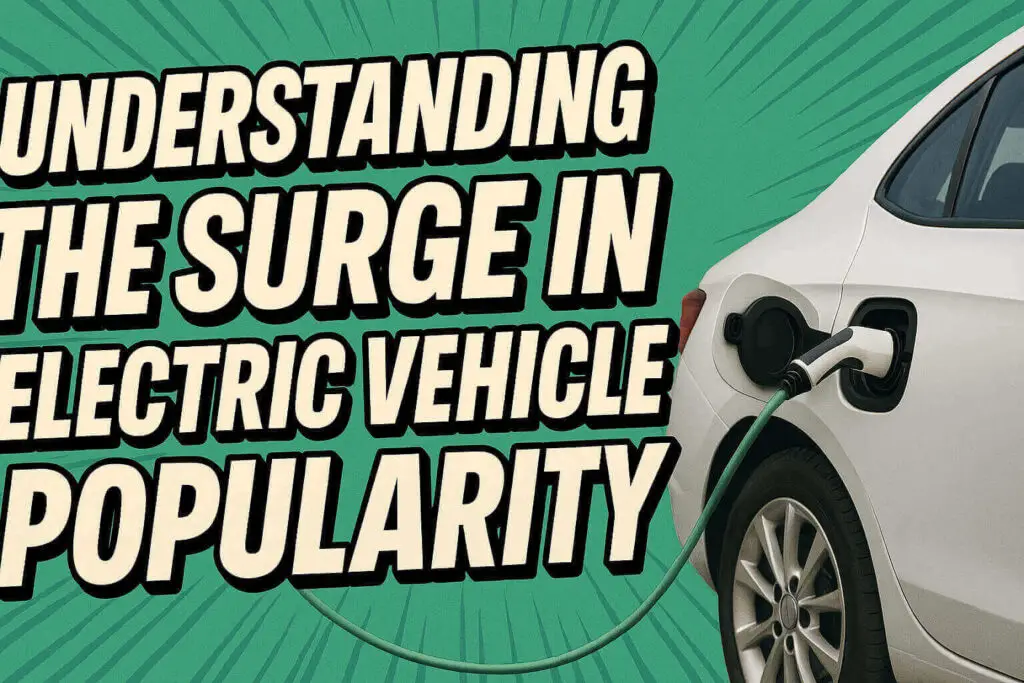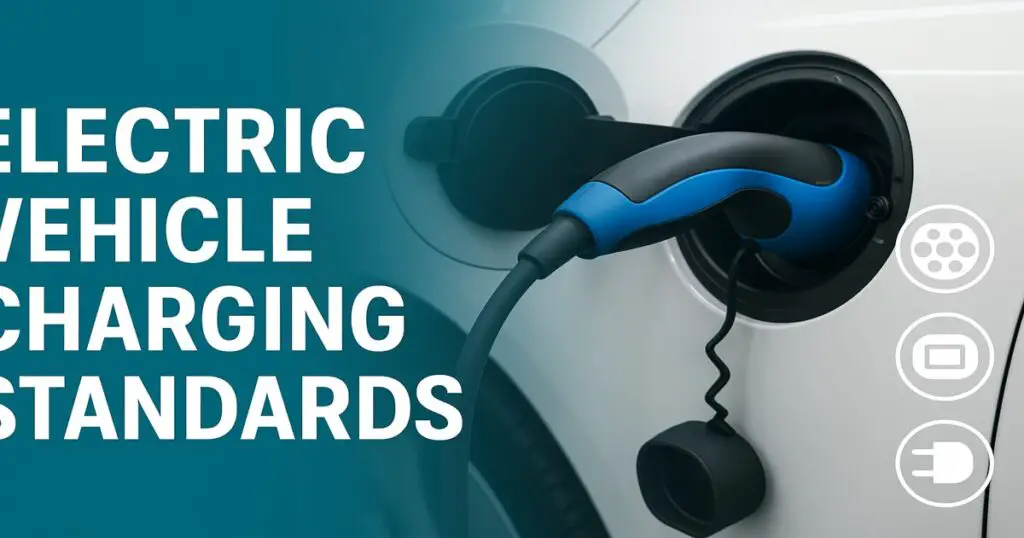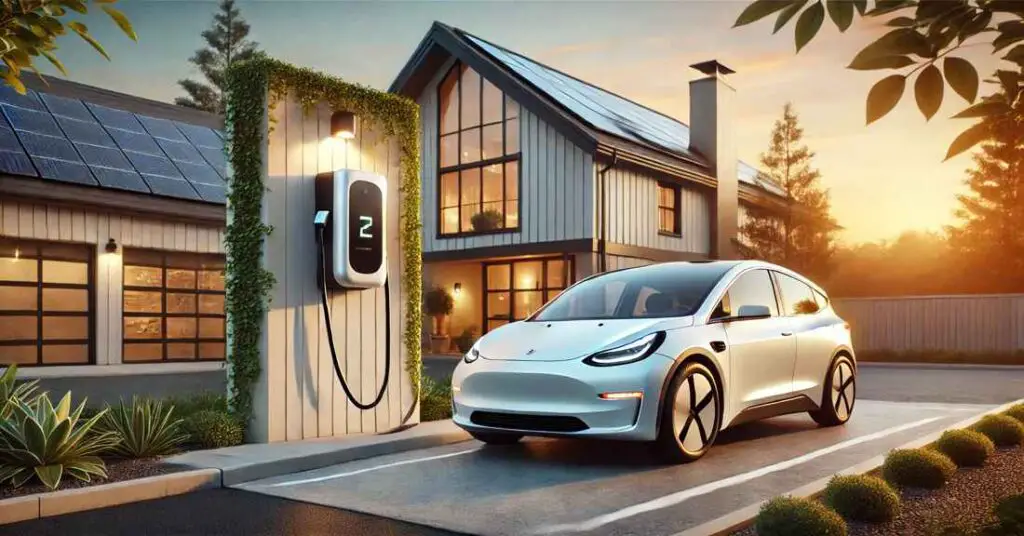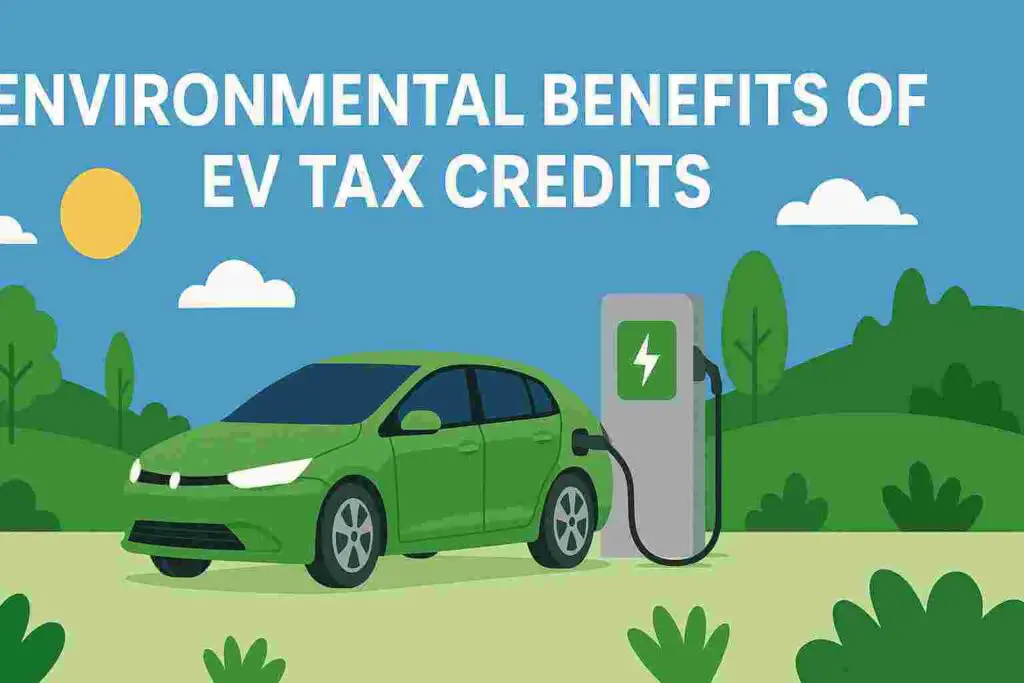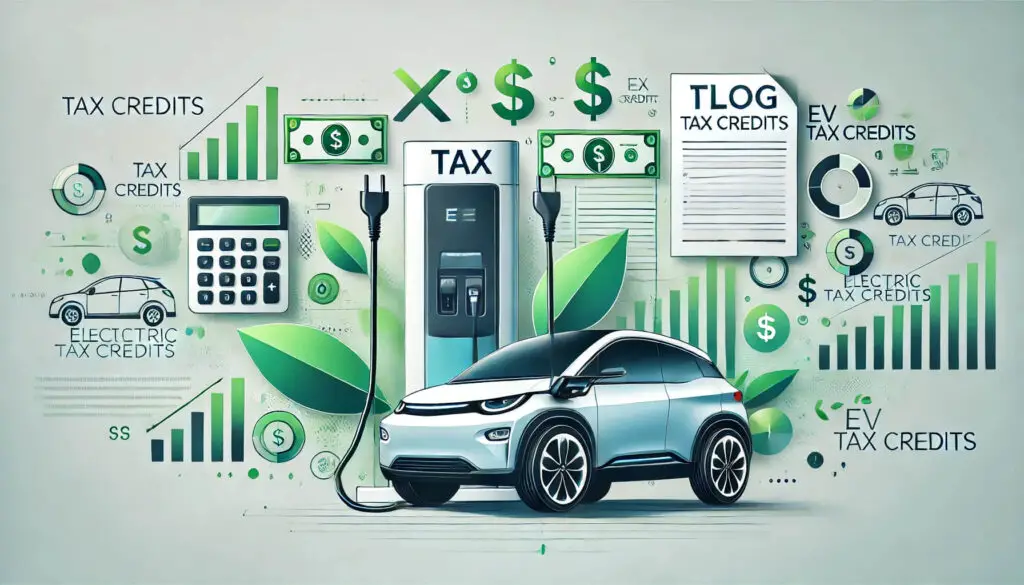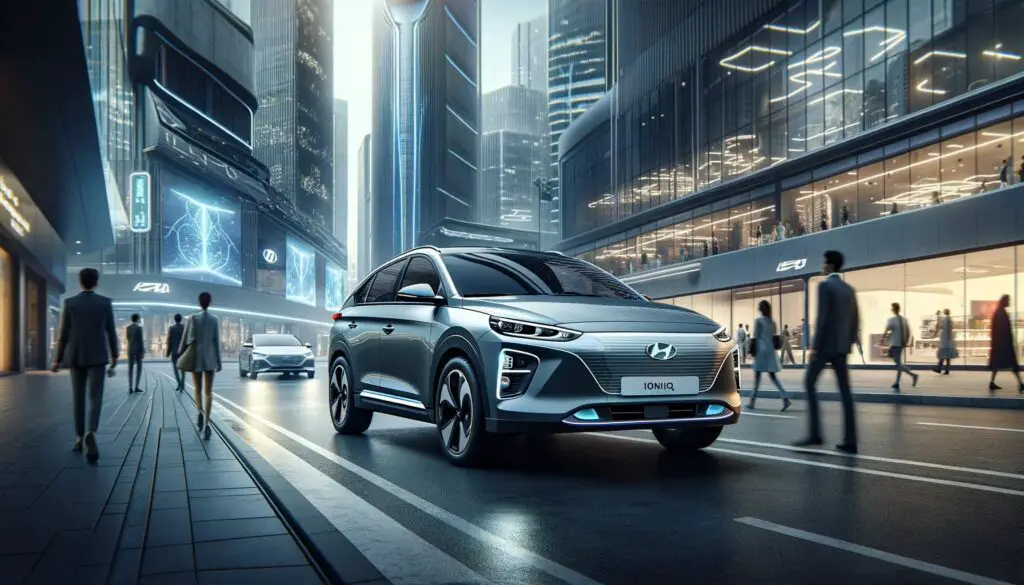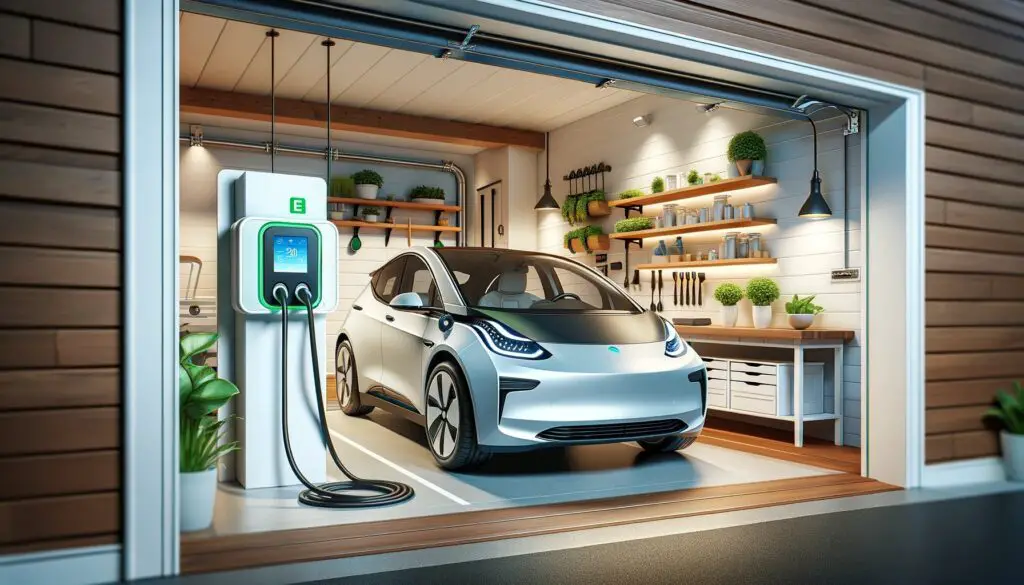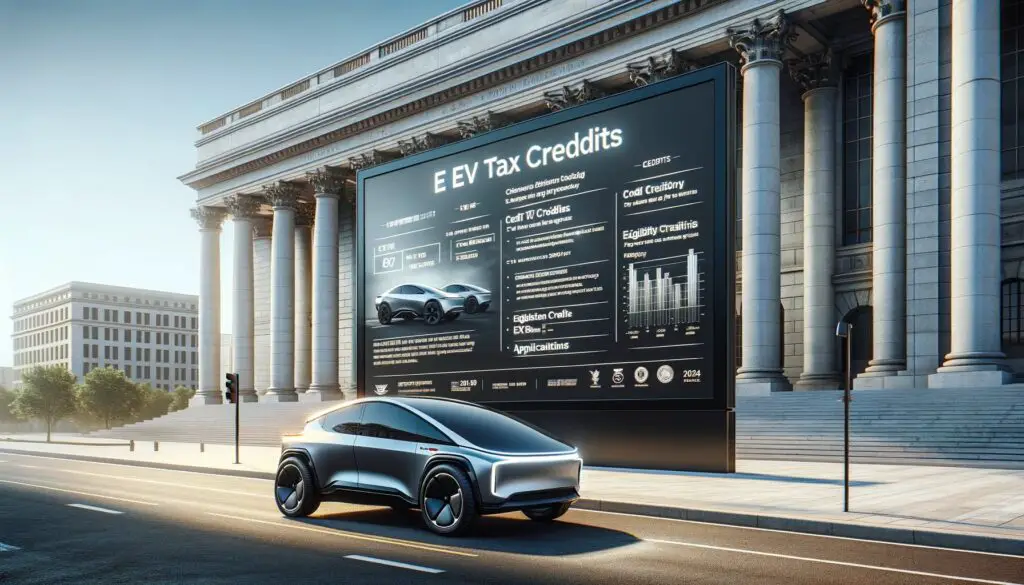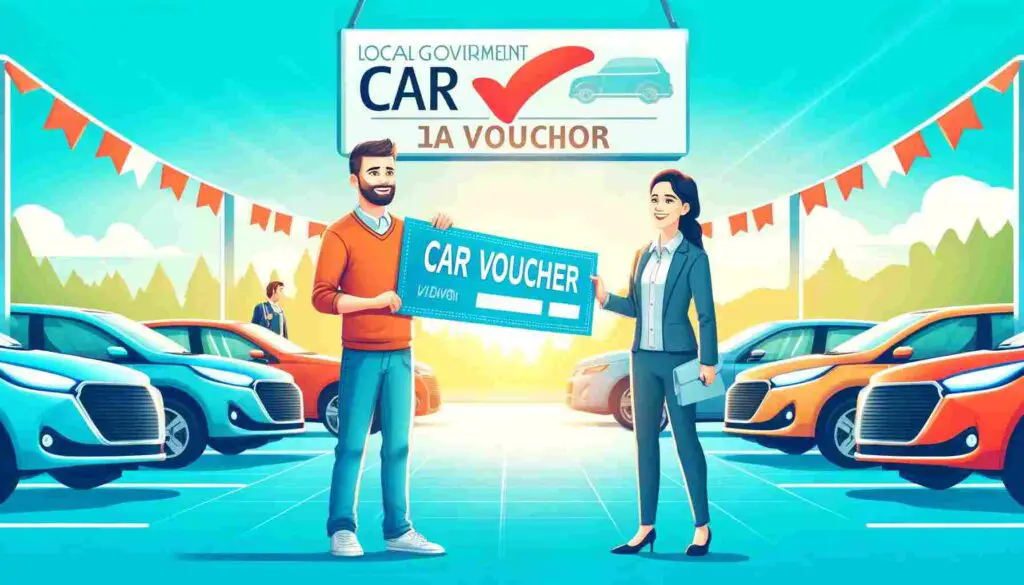Electric vehicles (EVs) are no longer a niche novelty—they’re a global phenomenon. In 2023, EVs accounted for 14% of all new car sales worldwide, up from just 4% in 2020. From Tesla’s cult-like following to legacy automakers like Ford and Volkswagen pledging billions to electrification, the shift away from internal combustion engines (ICE) is accelerating. But what’s fueling this seismic change? This article unpacks the environmental, technological, economic, and societal forces driving EV adoption, while addressing lingering challenges and envisioning the future of transportation.
1. Why Are EVs Gaining Momentum? Key Drivers
A. Environmental Imperatives
Climate change concerns are reshaping consumer behavior. Transportation contributes ~20% of global CO₂ emissions, with ICE vehicles as major culprits. EVs, by contrast, produce zero tailpipe emissions and, when powered by renewables, can reduce a vehicle’s lifetime carbon footprint by up to 70%. Cities like Oslo and Amsterdam, where EVs dominate, have seen measurable drops in air pollution, reinforcing their appeal as urban air quality solutions.
B. Government Policies: Catalyzing the Shift
Governments worldwide are pushing EVs through aggressive policies:
- Incentives: The U.S. offers up to $7,500 in tax credits for EV buyers, while Norway exempts EVs from import taxes and road tolls.
- Regulations: The EU will ban new ICE car sales by 2035, and California aims for 100% zero-emission vehicle sales by 2035.
- Infrastructure: The U.S. Bipartisan Infrastructure Law allocates $7.5 billion for EV charging networks, addressing “range anxiety.”
C. Technological Leaps: Batteries, Charging, and Beyond
- Battery Innovation: Lithium-ion battery costs have plummeted by 89% since 2010, enabling longer ranges (e.g., Tesla’s 405-mile Model S) and faster charging (10–80% in 18 minutes with 350 kW chargers).
- Smart Features: EVs lead in tech integration, from Tesla’s Autopilot to bidirectional charging (using car batteries to power homes during outages).
D. Economic Sense: Lower Costs and Rising Competition
- Falling Prices: The average EV price dropped to $53,469 in 2023, nearing ICE parity. Analysts predict price equality by 2025.
- Total Cost of Ownership: EVs cost **0.06/mile∗∗tooperatevs.0.15/mile for gas cars, thanks to cheaper electricity and fewer moving parts.
- Market Competition: Over 30 EV models now retail under 50,000,fromtheChevyBolt(26,500) to Hyundai’s Ioniq 5.
E. Cultural Shifts: EVs as Symbols of Progress
Millennials and Gen Z consumers increasingly associate EVs with sustainability and innovation. A 2022 Pew Research study found 67% of U.S. adults under 45 would consider an EV, driven by climate consciousness and tech appeal.
2. Automakers: From Resistance to Revolution
A. Tesla’s Trailblazing Impact
Tesla redefined EVs as aspirational products, not just eco-friendly compromises. Its Supercharger network (45,000+ global stations) set industry standards, while software updates (e.g., adding “Dog Mode”) keep cars cutting-edge post-purchase.
B. Legacy Automakers Go All-In
- Volkswagen: Investing $193 billion in EVs and batteries through 2027.
- General Motors: Phasing out ICE vehicles by 2035 and launching 30 EV models by 2025.
- Ford: The F-150 Lightning, America’s best-selling truck, sold out within days of launch.
C. New Entrants Redefining Luxury and Utility
- Rivian: Its R1T electric pickup caters to adventure enthusiasts.
- BYD: China’s EV giant outsold Tesla globally in Q4 2022, thanks to affordable models like the Dolphin.
3. Roadblocks to Mass Adoption
A. Charging Infrastructure Gaps
While urban hubs like Shanghai have one charger per seven EVs, rural areas lag. The U.S. needs 1.2 million public chargers by 2030 but had just 140,000 in 2023.
B. Battery Supply Chain Constraints
- Material Shortages: Lithium demand could outstrip supply by 20% by 2030.
- Ethical Concerns: Cobalt mining in the Democratic Republic of Congo fuels child labor allegations.
C. Consumer Hesitations
- Range Anxiety: 52% of U.S. drivers cite limited range as a top concern, despite most EVs now covering 250+ miles.
- Battery Degradation: Fears of costly replacements persist, though modern EV batteries retain 90% capacity after 200,000 miles.
4. The Future of EVs: What’s Next?
A. Next-Gen Battery Technology
- Solid-State Batteries: Toyota and QuantumScape aim to commercialize batteries with 500+ mile ranges and 10-minute charging by 2030.
- Sodium-Ion Batteries: CATL’s new tech avoids lithium, cutting costs and supply chain risks.
B. Policy and Market Expansion
- Global South Growth: India targets 30% EV sales by 2030, aided by Tata’s $1.6 billion battery plant.
- Circular Economy: Redwood Materials and Li-Cycle are pioneering battery recycling to recover 95% of critical metals.
C. EVs as Energy Hubs
Vehicle-to-grid (V2G) systems, tested in Denmark and Japan, let EVs stabilize power grids during peak demand—turning cars into mobile energy storage units.
Conclusion
The EV revolution is no longer a question of “if” but “how fast.” Environmental urgency, policy tailwinds, and consumer demand are propelling adoption, while automakers race to innovate. Yet challenges like infrastructure gaps and ethical sourcing must be addressed to ensure an equitable transition. As EVs evolve from cars to connected energy devices, they promise not just cleaner roads but a reimagined relationship between transportation and sustainability. The road ahead is electric—and it’s closer than it seems.
References & Further Reading:
- International Energy Agency (IEA): Global EV Outlook 2023
- BloombergNEF: Battery Price Survey 2023
- Pew Research Center: Electric Vehicle Adoption Trends
- European Environment Agency: EVs and Air Quality

